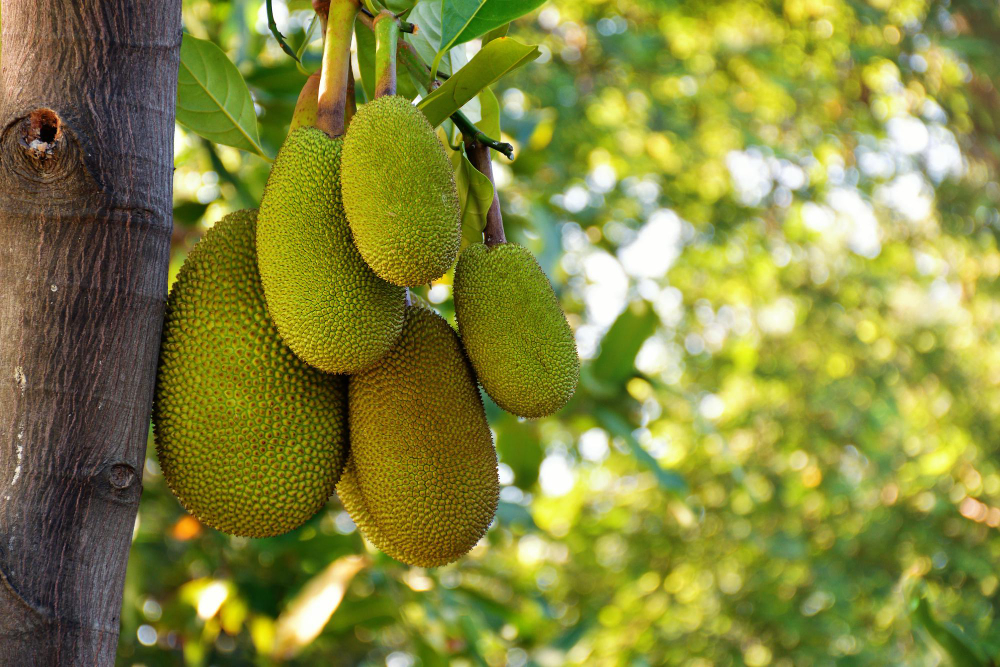Atulya Vanam's Mighty Neem Tree: A Healing Marvel Across Healing Traditions
The Neem tree (Azadirachta indica) stands as an emblem of nature's pharmacy, offering a diverse array of therapeutic benefits through its leaves, fruit, bark, roots, and flowers.
In this comprehensive blog, we embark on an enlightening journey to explore the multifaceted uses of the Neem tree across various medical systems, including Modern Medicine, Ayurveda, Unani, Homeopathy, Siddha, and its versatile applications. Additionally, we delve into the distinct Neem varieties found in India.
Medicinal Value
Modern Medicine:
Neem Extracts: Modern research highlights Neem’s bioactive compounds, such as azadirachtin, with potential antiviral, antimicrobial, and anti-inflammatory properties.
Oral Care: Neem’s natural antimicrobial properties make it a popular ingredient in oral care products, promoting dental health.
Ayurveda:
Leaves: Neem leaves are a cornerstone of Ayurvedic remedies, valued for their antiseptic, detoxifying, and skin-clearing properties.
Bark: Neem bark’s astringent nature aligns with Ayurvedic principles, finding application in addressing skin disorders and promoting digestive health.
Oil: Neem oil is extensively used in Ayurvedic formulations for its potential to soothe skin irritations and support hair health.
Unani:
Neem Extracts: In Unani medicine, Neem extracts are used for their potential antimicrobial properties and ability to balance bodily humors.
Homeopathy:
Neem Extracts: Neem extracts may find inclusion in homeopathic preparations targeting specific symptoms or health concerns.
Siddha:
Leaves: Siddha medicine values Neem leaves for their potential to purify blood and address skin issues.
General Uses
Natural Pest Repellent: Neem’s natural insect-repelling properties make it a sought-after ingredient in agricultural and household products.
Skincare and Haircare: Neem’s benefits extend to skincare as it’s used to manage acne, eczema, and promote healthy hair.
Traditional Remedies: Neem leaves, bark, and other parts are incorporated into traditional remedies for various ailments, including gastrointestinal issues.
Environmental Benefits: Neem is hailed for its ecological significance, contributing to soil enrichment and water purification.
Neem Varieties in India
Dwarf Neem: Known for its compact size and rapid growth, Dwarf Neem is suitable for urban spaces.
Nagarjun Neem: Characterized by its quick growth and resilient nature, Nagarjun Neem is popular in reforestation efforts.
Gola Neem: Recognized for its twisted branches and dense foliage, Gola Neem provides ample shade and habitat.
Desi Neem: A widely cultivated variety, Desi Neem is valued for its therapeutic properties and adaptability.



More about Neem
Neem trees (Azadirachta indica) are remarkable and versatile trees with a range of extraordinary qualities. Here are some intriguing facts about neem trees:
- Ancient Medicinal Treasure: Neem has been used for centuries in Ayurveda, India’s traditional system of medicine, for its extensive therapeutic properties.
- “The Village Pharmacy”: Neem is often referred to as “The Village Pharmacy” due to its wide-ranging medicinal applications.
- Natural Pest Repellent: Neem leaves and oil are renowned for their insecticidal and insect-repellent properties, making them valuable for organic pest control.
- Bitter Taste: Neem’s bitterness is a signature characteristic, reflecting its potent medicinal properties. Bitterness is often associated with cleansing and detoxification in Ayurveda.
- Diverse Medicinal Uses: Neem is used in traditional medicine to address various ailments, including skin disorders, digestive issues, and immune support.
- Antimicrobial Power: Neem possesses potent antimicrobial properties, which have led to its use in oral care products, skincare, and wound healing.
- Environmental Guardian: Neem’s natural insect-repelling properties make it an environmentally friendly alternative to chemical pesticides.
- Cultural Significance: Neem is deeply woven into Indian culture and traditions, with symbolic and spiritual connotations.
- Sustainable Farming: Neem oil and extracts are integrated into sustainable agricultural practices, promoting natural pest control and soil health.
- Versatile Parts: Different parts of the neem tree, including leaves, bark, seeds, and oil, are used for their various medicinal benefits.
- Skin Support: Neem is prized for its potential to alleviate skin issues like acne, eczema, and psoriasis, and is found in numerous skincare products.
- Repellent Applications: Neem leaves and oil are used as natural insect repellents for humans and animals, providing protection against mosquitoes and other pests.
- Propagation Ease: Neem trees are propagated through seeds, cuttings, and root suckers, making them accessible for cultivation.
- Traditional Formulations: Neem is a key component of traditional Ayurvedic formulations, such as neem oil preparations and herbal remedies.
- Culinary Use: Neem leaves are sometimes incorporated into culinary preparations, offering potential benefits alongside their distinct taste.
- Modern Scientific Research: Neem’s bioactive compounds have attracted modern scientific research, exploring its potential antidiabetic, antiviral, and immune-modulating properties.
- Environmental Benefits: Neem’s role in sustainable agriculture, pest management, and land restoration contributes to ecological balance.
These extraordinary facts underscore neem’s holistic significance, from its ancient medicinal heritage and environmental stewardship to its multifaceted applications in health, agriculture, and cultural practices. Neem stands as a shining example of nature’s bounty, offering diverse benefits to humanity and the environment.
Conclusion
The Neem tree, a beacon of holistic healing, transcends its role as a provider of botanical wonders. Its leaves, bark, roots, flowers, and versatile applications intertwine with a diverse tapestry of medical systems and cultural practices. From Ayurveda’s ancient wisdom to modern scientific validation, the Neem tree’s contributions flourish. By embracing the harmony of age-old knowledge and contemporary exploration, we unveil the countless ways in which the Neem tree enriches our lives—nurturing not only our bodies but also our cultural heritage and the delicate balance of our environment.
